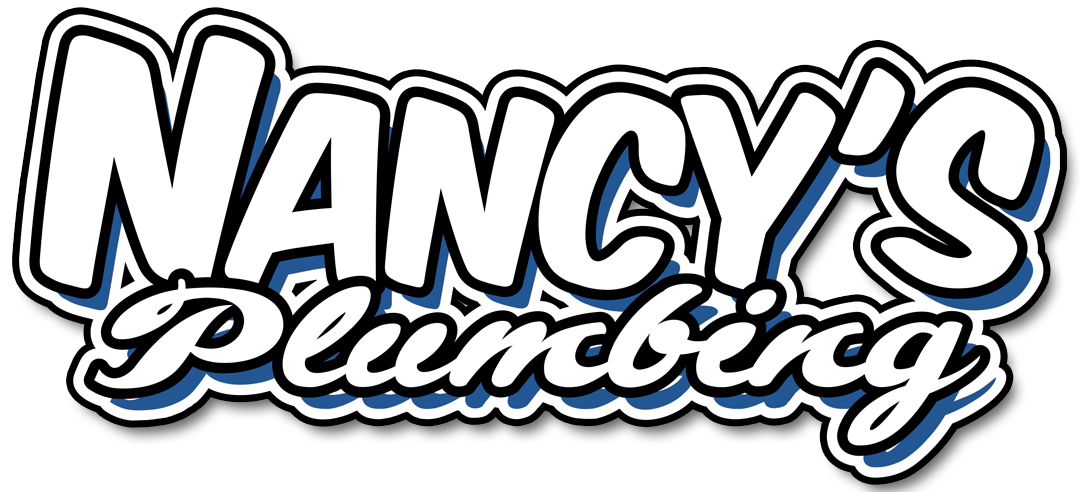
Antioch Toilet Installations Trusted Plumbing Service
Contact us today
Don’t let toilet issues disrupt your home. Whether you need reliable toilet repair, fast leaking toilet repair Antioch, or expert toilet repair replacement, Nancy’s Plumbing is here to help. Our certified plumbers provide top-quality plumbing service and trusted installation service throughout the Antioch area.
From antioch toilet installations to plumbing services in Antioch, you can count on Nancy’s Plumbing for dependable solutions, honest pricing, and truly reliable service.


YOUR THRONE, OUR DUTY
Benefits of a New Toilet Installation
Upgrading your toilet brings lasting benefits:
Water conservation
Modern toilets use far less water per flush.
Lower bills
Saving water means saving money on utilities.
Improved performance
New designs reduce clogs and improve flushing power.
Comfort and Design
More comfortable seating and quieter operation.
Easy maintenance
Simplified cleaning and durable parts.
Property value
A well-maintained plumbing system makes your home more attractive to buyers.
Whether you’re replacing a damaged toilet or upgrading to a modern, efficient one, our certified team offers professional installation services in Antioch to ensure everything is set up correctly.

Why Choose Nancy’s Plumbing?
When you need toilet installation Antioch, toilet repair Antioch CA, or any other plumbing services in Antioch, Nancy’s Plumbing is the trusted choice.
Reliable Service
We show up on time, explain the process,
and get the job done right.
Great Job Every time
From small fixes to major installations,
we stand by our work.
Customer Care
We listen, empathize,
and provide clear solutions.
Full Service
From toilets to water heater repairs, we handle all types of installs and repair services in Antioch.
Local expertise
A family-run plumbing company in Antioch CA, we’re connected to the community we serve.
NO IFS, ANDS, OR BUTS - WE FIX TOILETS RIGHT
Common Toilet Issues
Homeowners face many types of toilet issues, and our experienced team has seen them all:
Running Toilet
Often caused by a faulty flapper or fill valve, wasting water daily.
CLogged Toilet
Blockages from paper or foreign objects may require professional tools.
Leaking Toilet base
Usually due to a worn wax seal or loose bolts, requiring fast repairs to prevent damage.
Weak flush or no flush
Can result from broken chains, low water levels, or valve problems.
Cracked tank
Often calls for replacement to prevent ongoing leaks.
Phantom flushes
Caused by slow leaks from tank to bowl, usually fixed with new parts.
Bad odors
Bacteria buildup or dry traps can create unpleasant smells.
Slow filling tank
Often tied to shutoff valves or clogged fill valves.
Wobbling Toilet
Loose bolts or uneven floors can lead to instability and leaks.
Whatever the problem, our repair services in Antioch restore your toilet’s function quickly and effectively.


When it comes to Antioch toilet installations
Nancy’s Plumbing is the local name families trust. With over 24 years of years of experience in the community, our woman-owned, family-operated plumbing company has proudly delivered reliable solutions for every kind of plumbing problem.
From a new toilet installation Antioch homeowners can count on, to urgent toilet repair Antioch CA, our team provides dependable results, exceptional customer service, and peace of mind.
We understand that toilets are one of the most important parts of your plumbing system. When something goes wrong, it can quickly disrupt your household. That’s why our skilled plumbers are ready to help with everything from leaking toilet repair Antioch to full toilet repair replacement.

